The heart is a muscle that functions as a very powerful pump to transport blood around the body. It beats between 60 and 100 times a minute but can beat even faster than that if needed. The blood transports nutrients and oxygen to cells in the body, and waste products are removed. The right side of the heart receives blood from the body and pumps it to the lungs, while the left pumps it to the rest of the body.
Just before each beat, the heart fills with blood. It then contracts, which squeezes the blood along.
When you need more energy, such as when running, the heart beats faster to pump more oxygen around the body. When your heart beats, it sends a wave of pressure through all your veins. You can feel this pressure in some areas of the body (such as when a vein passes over a piece of bone). We call this your pulse. One place to feel your pulse is on your wrist in a straight line at the base of your thumb.
If you count your pulse for 1 minute, that gives you your pulse rate. You can do it for shorter periods, but you must remember to convert it to beats per minute. So, if you time it for 30 seconds, you would have to double your pulse count to get the number of beats per minute.
When the heart beats faster, the pulse rate is higher.
Heart Rate Investigation
How does exercise affect heart rate?
- A stopwatch
- Pen/Paper
- Space to move around
How to set up a heart rate investigation
- Record pulse rate at rest by counting pulse beats on the wrist for 1 minute.
- Run around outside or do star jumps for 1 minute.
- Immediately record pulse rate again
- Rest for 1 minute.
- Record pulse rate again.
- Find out how long it takes for the pulse rate to return to the resting level.
Results
Use my handy heart rate and exercise investigation results table to record your results or design your own!
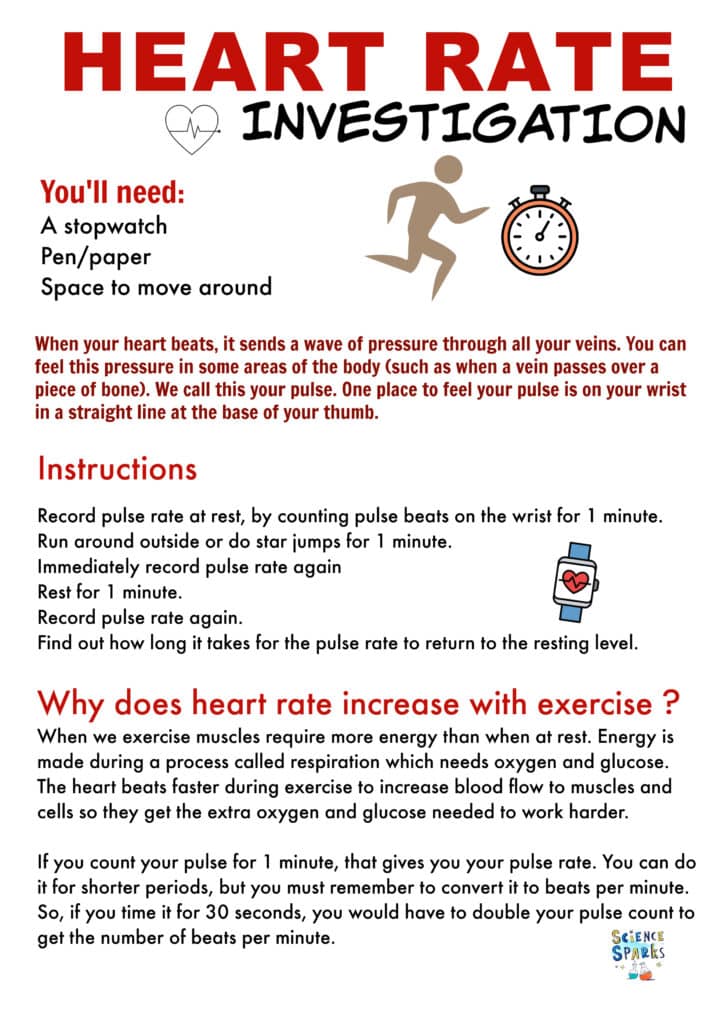
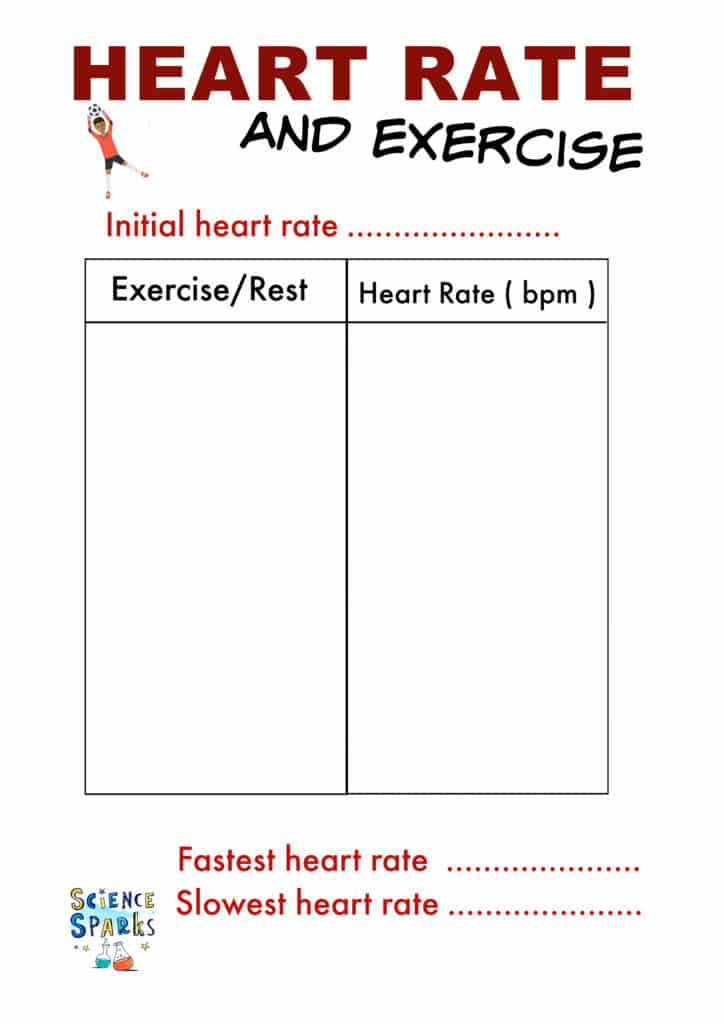
This activity helps children understand
The heart pumps to circulate blood around the body.
The effect of exercise on pulse rate.
For younger children, draw around them on a big sheet of paper and mark where the heart is.
More human body science for kids
Did you know you can make a stethoscope with a cardboard tube and tape?
We love this DNA candy model!
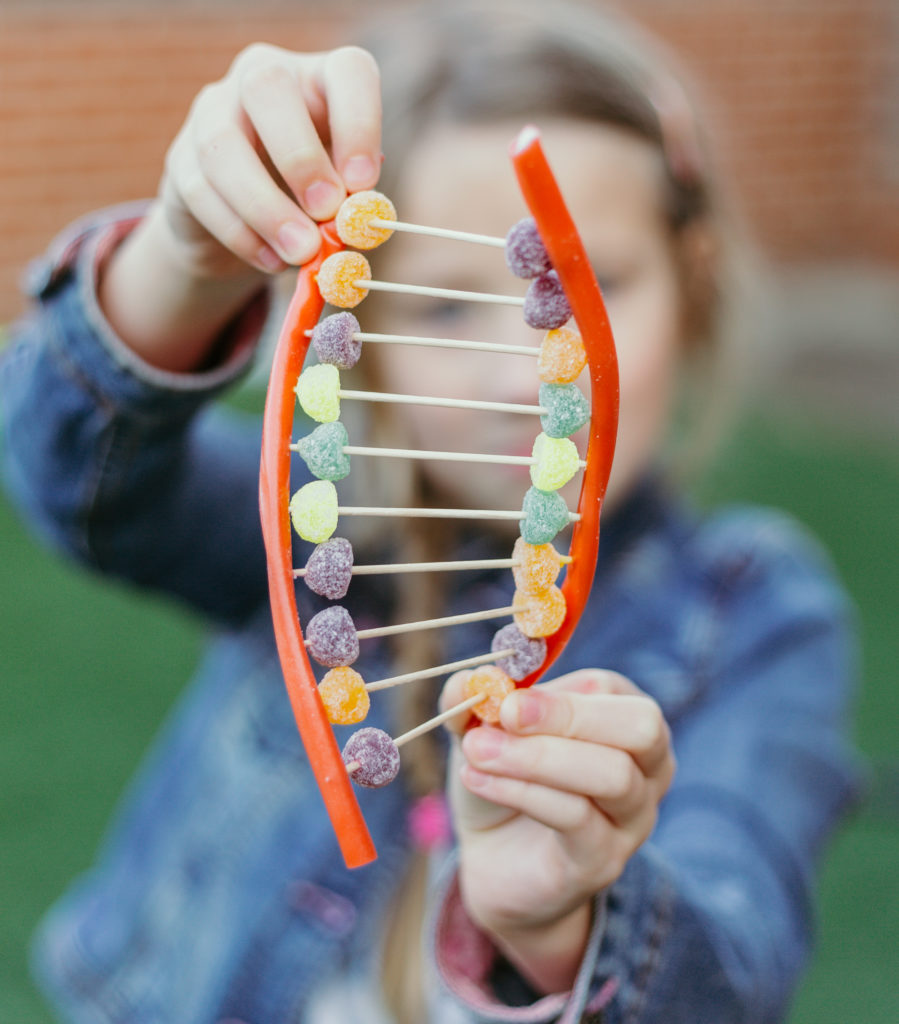
Make a model of a heart or a model of a lung.
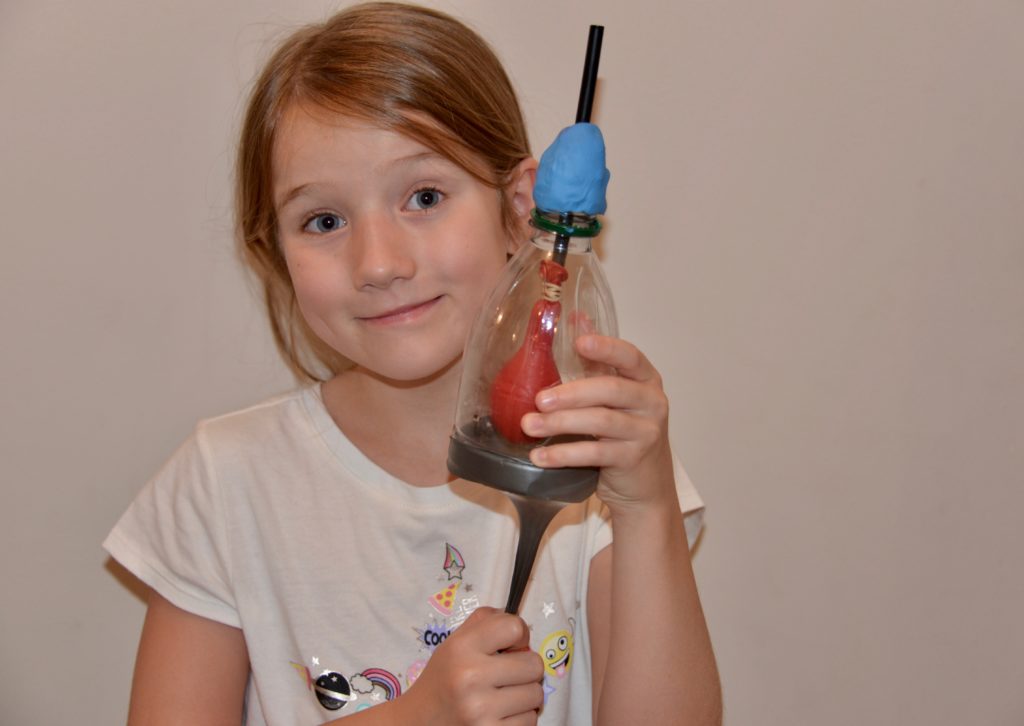
This digestion model for kids is also great fun!
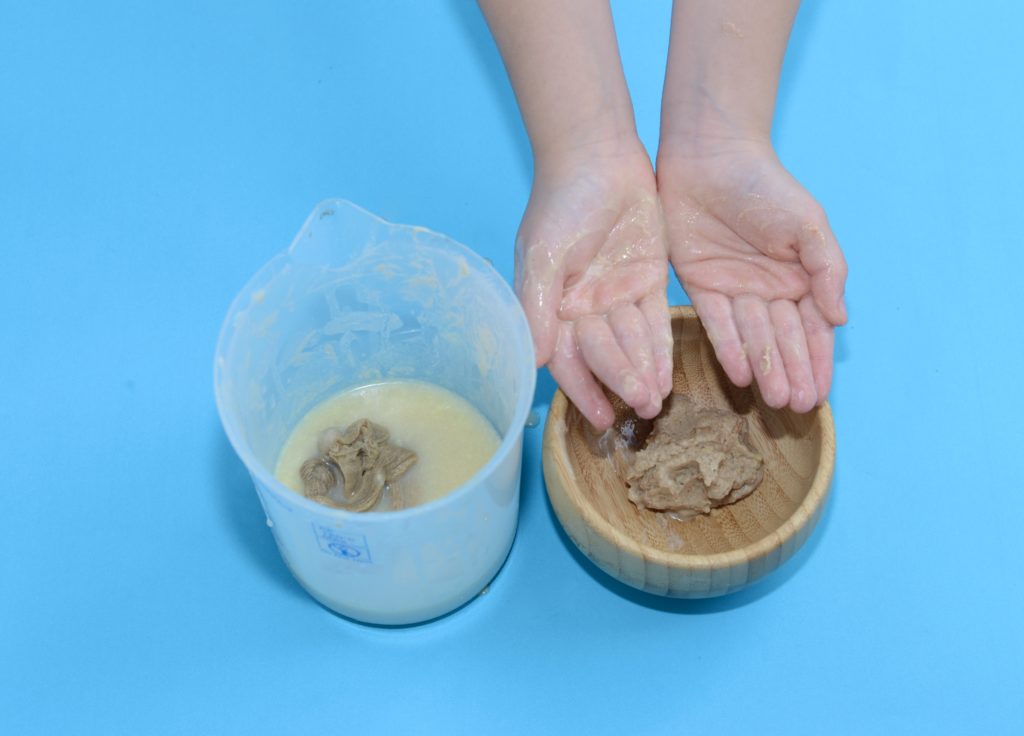
Finally, how about a play dough model of the brain?
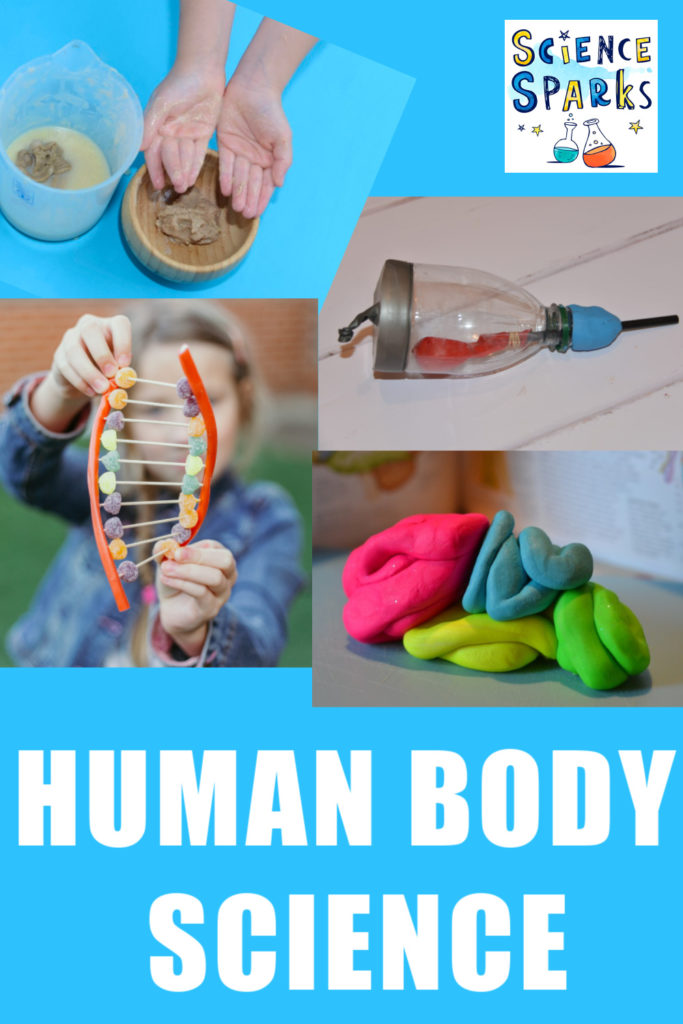
Science concepts
Heart rate
Pulse rate
Circulation
Last Updated on June 25, 2024 by Emma Vanstone

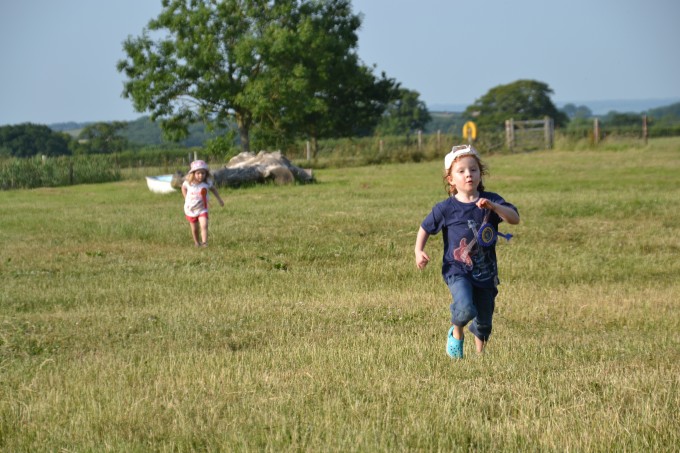
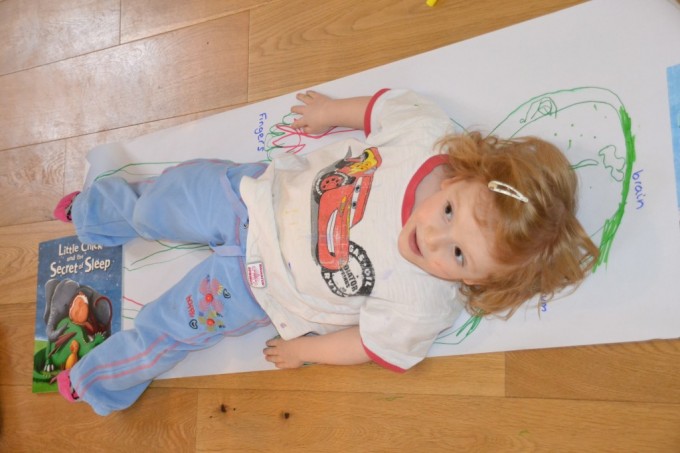
Leave a Reply